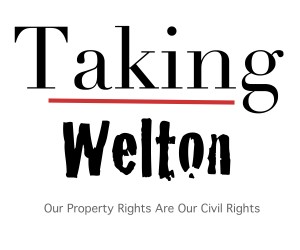Underwater and Drowning? Some Facts about Mortgages that Could Be Targeted by Eminent Domain
“We use the CoreLogic Loan Performance data set, which contains loan-level information on nearly all privately issued (non-agency) mortgage securitizations. For San Bernardino County, we find about 456,000 first-lien mortgages, comprising roughly 280,000 in the subprime category, 142,000 Alt-A (also known as “near-prime”) loans, and 34,00 prime jumbo loans. Eighty-five percent of these loans were originated between 2003 and 2007. About 70 percent are adjustable-rate mortgages (ARMs), while the others are fixed-rate mortgages (FRMs).
The chart below shows what has happened to the loans in our sample as of August 2012. At first glance, it may be surprising to see how few loans were still open (the yellow and green portions of the bars). Of all the loans, only about 68,000 (15 percent) haven’t yet ended in voluntary prepayment or entered foreclosure. About 275,000 (60 percent) have prepaid voluntarily, and 112,000 (25 percent) have foreclosed or are currently in foreclosure proceedings. The incidence of foreclosures has been particularly high for Alt-A loans, while jumbos have fared the best.
Among the loans that were still open in August 2012, 51,500 (76 percent) were current, 5,000 (7 percent) were thirty days delinquent (an early-stage delinquency often reversed in the subsequent month), and 11,500 (17 percent) were sixty or more days delinquent. We focus now on the loans in these three groups, as they would be the ones potentially affected by the eminent domain proposal.”
Furster, Andrea, Caitlin Gorback, and Paul Willen. Liberty Economics 13 February 2013.
